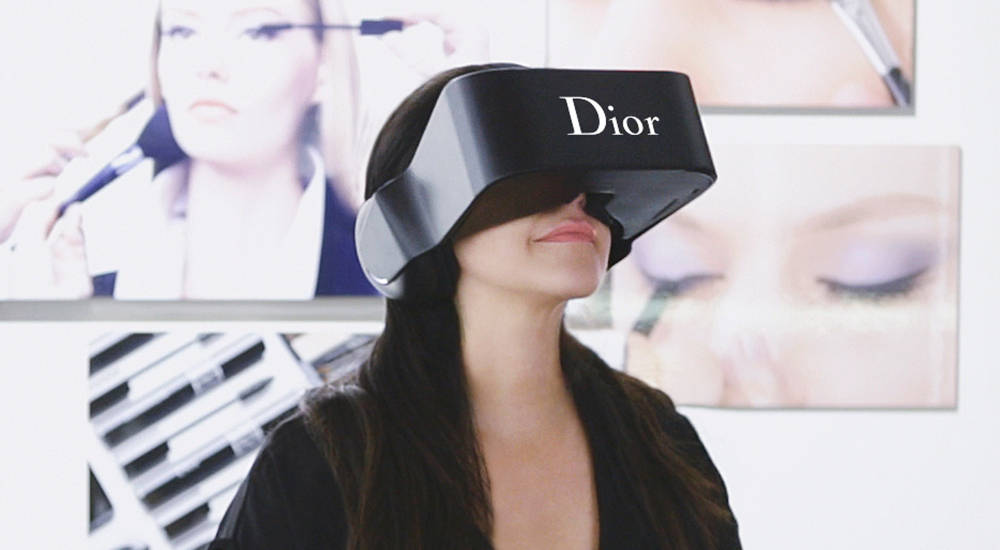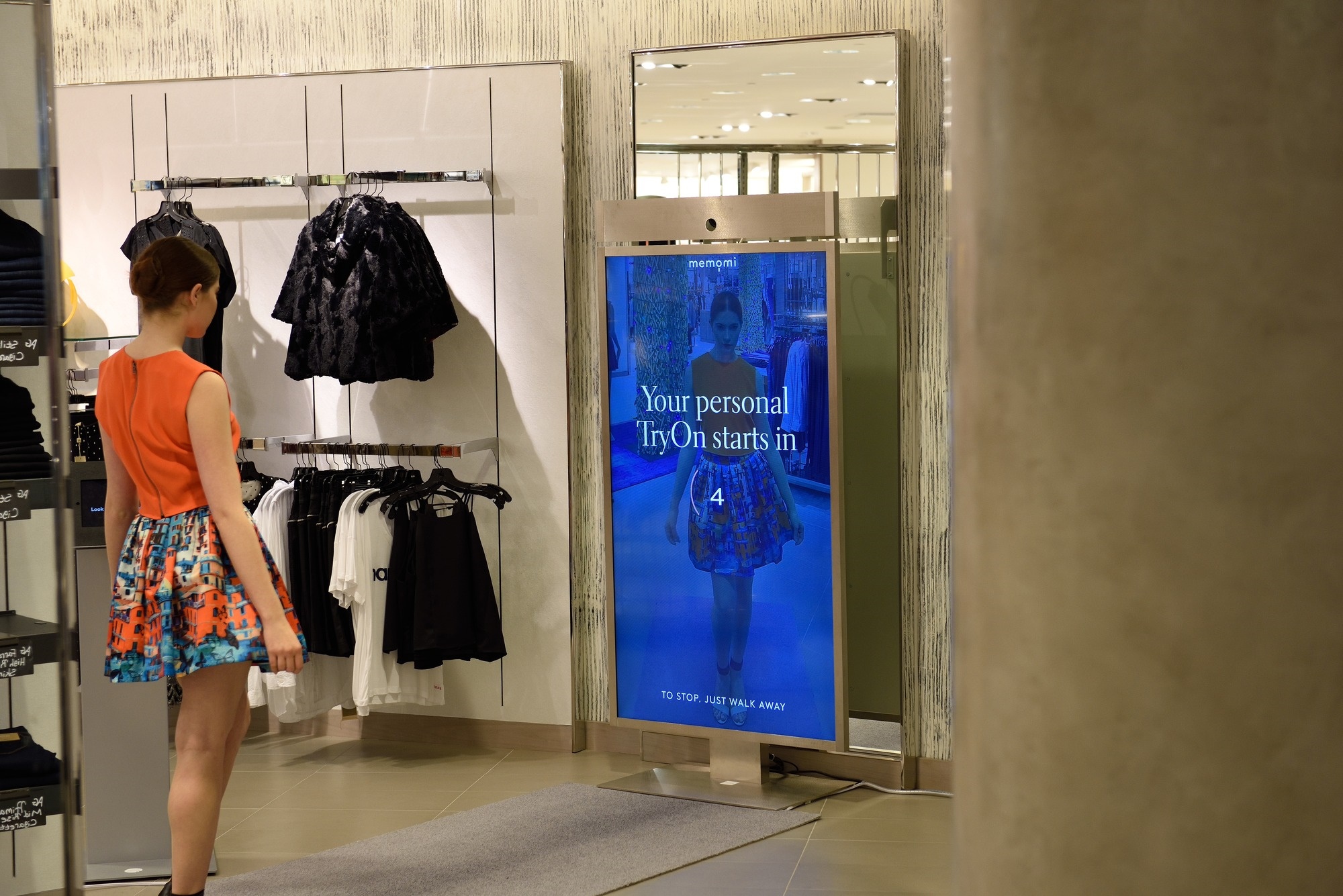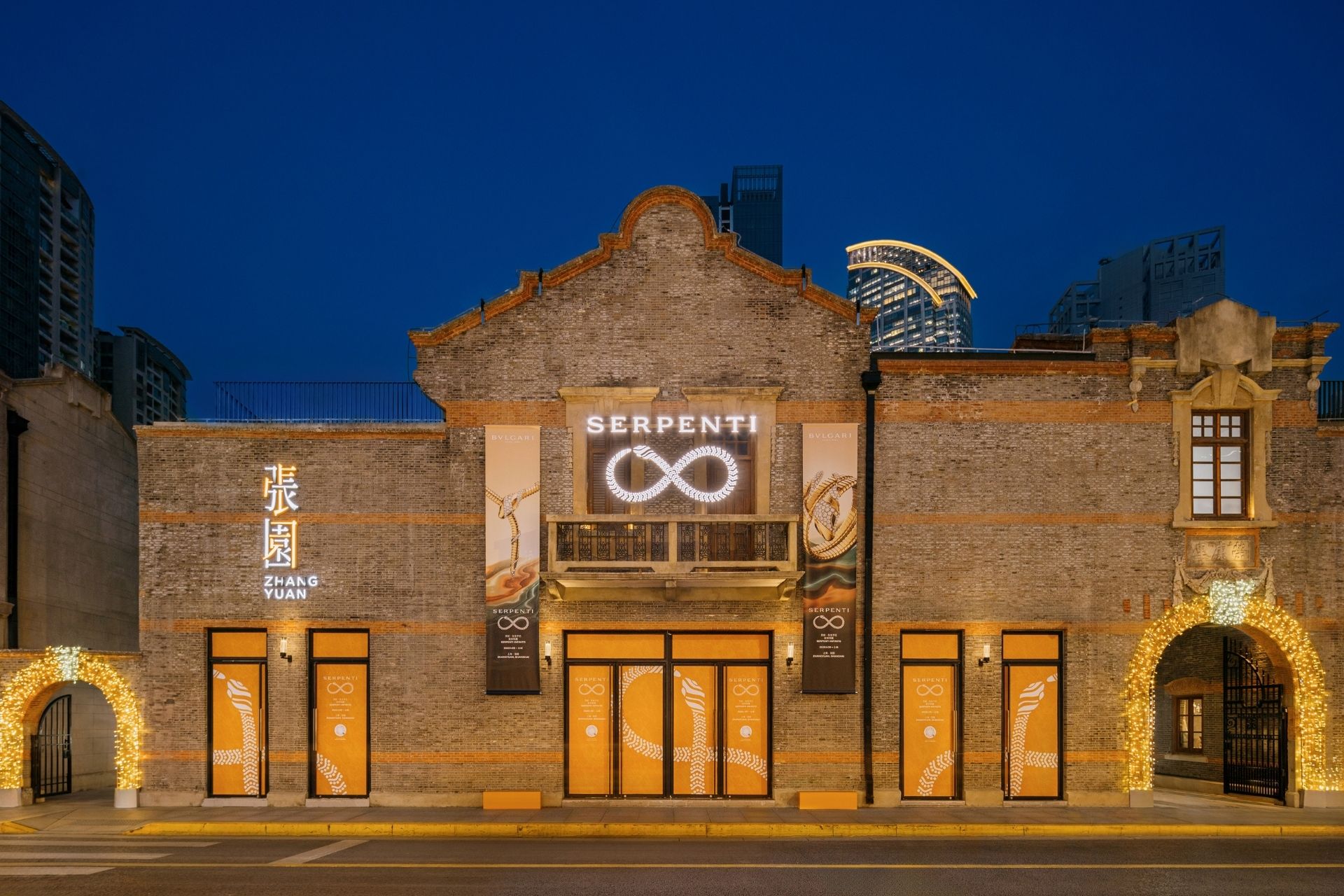
Despite being conscious about new technologies’ potential to build a meaningful and seamless experience for their consumers, some luxury brands still fail to deliver when it comes to the integration of digital in their business models. DLG’s Pauline Ventura shares 5 fundamentals luxury brands should consider in order to adapt.
Not so much about lacking capabilities, the main disincentive for luxury brands to adopt digital and new technologies remains the actual willingness to integrate digitalisation in their strategy. By setting their brand strengths on history and legacy, luxury professionals perceive digitalisation a possible threat for the brand scarcity and, ultimately, as a driver to brand dilution. Luxury managers of today and tomorrow, are you ready to overcome your fears?
Consider the following 5 ideas as a guide to shift from a passive recognition of the digital need to an active adaptation of technology in your business strategy.
1. Change starts at the top
Even if business digitalisation has been identified as a driver for growth, it requires significant investments and substantial processes review. Thus, no radical business makeover can be done without the support of top management. The key to the adoption of technology starts from within. Leaders of the technological change will have to revise the company culture to embrace the digital era, when new values need to be communicated and then integrated by all employees.
In 2015, CEO of LVMH Group Bernard Arnault announced that the group would massively invest in digital. Its first action was to hire Ian Rogers, former Apple Music’s Radio Executive, to lead the digital shift for the 130 brands. It proves that the radical move to digital not only requires the right leader and financial investments, but it also demands initiative and personal endorsement from the top management.

Ian Rogers, LVMH Chief Digital Officer – Image courtesy of BoF
2. All activities aligned around customers
Technology; yes, but technology at all price; no. Falling into the trap of overusing digital is as easy as neglecting the industry shift because of cautiousness. Any investments made on the road to disruptive innovations must be carefully evaluated and aligned with the company strategy.
Do you really need your Mercedes rear windows to be automatised? Is it a must that your Ralph Lauren Ricky bag is able to charge your phone if after four months you need to go back to the store to change the battery? Is it essential that your Chanel bag screams its origins loud and proud in purple LED for everyone to see? The biggest challenge of technology is for luxury brands to be able to use it while remaining meaningful for their consumers; they need to find the right balance.
Boy CHANEL Clutch – Image Courtesy of CHANEL.com
The case of Burberry has been cited time and time again as a key example of a luxury business who has successfully integrated digital. In 2014, Burberry made his case of delivering the ultimate integrated customer experience connecting seamlessly offline and online. And the press kept mentioning Burberry as the reference in terms of digital experience, from Digiday to Britton, Burberry was even called out in 2016 as one of the top brands successfully enhancing the customer journey.
Behind the strategy, two influential figures, former CEO, Angela Ahrendts, and Creative Director, Christopher Bailey were leading the change. The ingredients composing the winning recipe seem obvious: understanding of the digital native consumers, a simple message conveyed through social media, homogeneous use of storytelling across platforms, and innovation with technology in-store. Studies have proven that generating emotional interactions on digital platforms greatly impacts growth, revenue, and brand advocacy. Underlying these findings, there is the proof that creating meaningful content and conveying emotions aligned with the company strategy are the keys to success.
The first step towards revolution is for managers to understand who are their customers and what they expect in terms of technology. The motto is for any company to create a meaningful change for their consumers to recognise their favourite brand no matter what. In that sense, brands should be able to identify the prosumers amongst their customer base. Those are going to set the trends and be a major help for product or experience development and market test.
3. Evaluate opportunities along the luxury consumer journey
Once a company understood who are the digital-savvy clients and what they are expecting, it is time to connect with them. The luxury consumer journey is the starting point to understand where and when to connect with consumers. Once the journey mapped, companies can start to evaluate technological opportunities to respond to objectives.
Even if each business should analyse its own customer journey and identify its key touch points, experts identified five vital touch points relevant for every luxury fashion brands, whatever their location, product category and price-point. Those are physical store, word-of-mouth, online search, people and brand website. Starting from there, directions for the use of technology are endless: brick-and-mortars shops will be connected to allow better and faster customer service thanks to IoT, technology such as AR and VR are going to help to nurture the dream and transport the brand, technological disruptions will generate positive word-of-mouth, and cryptocurrency will help to create a safer overall experience with Blockchain.

Dior VR Headset – Image Courtesy of LVMH.com
4. Connect employees, not the whole experience
Luxury brands should never forget what makes them luxurious. Heritage of craftsmanship and superior customer service are two essential dimensions for them. That is why employees are one of the most important component of the business of luxury. And that is also why mainstream technologies such as 3D printing and robotics appear to be out of place for the luxury fashion industry. Therefore, technology should not replace humans, but be used as a support. For instance, technology will help to train employees, create new communication opportunities, and strengthen a personalised customer service.
5. Reduce the gap between see and buy
Traditionally, luxury fashion brands would showcase collections six months before their arrival on the shelf. Middle men had the power in the value chain, picking the pieces that would be exposed in their selective department store. In today’s connected world composed of impatient and FOMO shoppers, the traditional model of “fashion weeks” needs to innovate. Wholesalers and retailers are losing market shares season after season, and brands see their direct sales increase day by day. Furthermore, thanks to connected mirrors and shoppable videos of this world, the gap between see and buy is reducing second by second.

Memomi Smart Mirrors at Neiman Marcus – Image Courtesy of Retail-week.com
The challenge is therefore for luxury brands to capture the audience at proper key moments to drive direct sales. There is no secret; luxury brands need to become truly omnichannel. Shoppers must be given the options: showrooming (see the product in-store and buy online) or webrooming (see the product online and buy in-store). In order to build a successful online presence, luxury brands must possess a compelling mobile presence, engage and influence consumers through targeted use of social media, and focus on a carefully chosen set of digital-performance metrics. They must think meaningful content and timing of posts. They must master SEM and build powerful newsletters. It is time for luxury brand to review their whole digital strategy while remaining exclusive and cultivating the dream.
Nowadays, the rapid growth of e-commerce, the influence of the brand’s digital presence on purchase intentions, and consumers’ expectations towards connectivity are reasons to take the road of change. Luxury brands are conscious that technologies will help to build an omnichannel relationship with their clients thanks to the integration of a seamless consumer experience. Once change has been initiated from the top, understand its consumers’ needs and connect with them through an elaborated consumer journey is just the start to find new growth opportunities and become a truly digitally connected luxury company.








